It was a lovely Sunday in Tawi-Tawi. The breeze was subtle, the sun was up and the sky was blue. Ate Claudia and I woke up early and attended the early morning mass at the Lady of the Rosary Church then went back to our hotel to meet Sherwin, our friend from World Wide Fund (WWF) Philippines in Tawi-Tawi. After trekking Bud Bongao and hitting the depths of the waters surrounding the island, it was time to explore the province’s other attractions and Sherwin would be accompanying us. Our destination, Simunul Island, the birthplace of Islam in the Philippines.
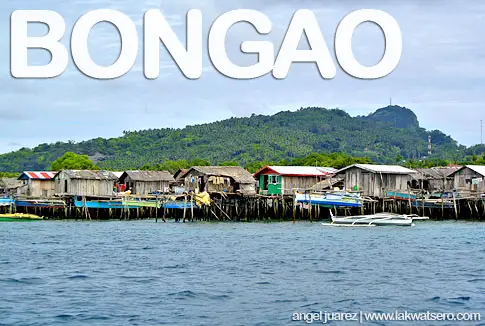
Tawi-Tawi is an archipelago of islands and islets scattered over Sulu and Celebes Seas. With 107 islands and islets that consist the province, we aimed of visiting the others. Sibutu and Panam Pangan Islands were on our minds but they were quite far and with only a day to spare, a trip to these two was close to impossible. We decided to hit Simunul, a small island south of Bongao with a big role in the history of Islam in the Philippines.
It was a trip made possible by our friends from WWF Tawi-Tawi, Annabelle, Emz and Sherwin, who unselfishly lent their time and effort in organizing and accompanying us to the trip. What was supposed to be just a touristy island hopping experience turned into a fun mini excursion!
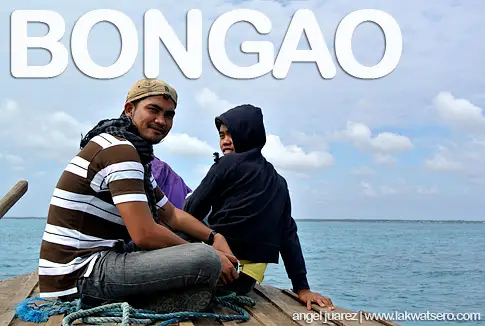
Ate Claudia, Sherwin and I met Emz and Annabelle at the boat docked in the Chinese Pier. How sweet of Anabel to join us despite her busy schedule because of Ramadan. She surprised us not only by her presence but by her generosity and warm hospitality. She brought some foods, drinks, chips and snacks for our trip. Their company made us felt at ease.
The boat left the Chinese Port at around 9 in the morning and sailed southward towards Simunul Island. The stilt houses of sea gypsy was the scene of Bongao aboard our boat. Shortly after, we passed by Sangay Siapo on our left, a small flat island of cream to white sandy beach, a rocky coast on the other side and confined area of dwarf vegetation in the middle. We would drop by the island on our way back.
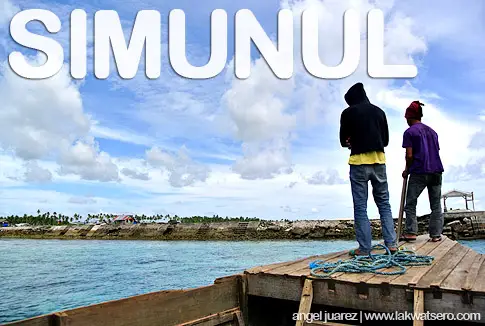
An hour passed and our boat touched the concrete port of Simunul Island. Curious kids and bystanders welcomed us. We said our “hellos” and they answered with their smiles. It’s not unusual to the island to have guests but all eyes were still on us as we walked to a single road going out of the port. Just a month ago, a high ranking official from Turkey paid a visit to the historical icon of the island, locals claimed.
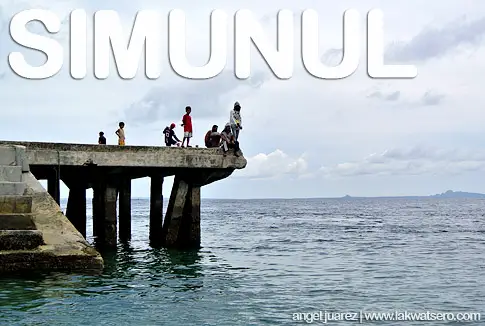
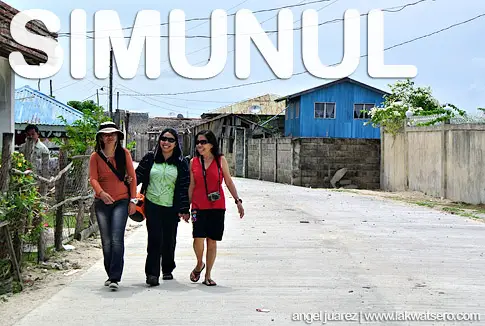
The road from the port leads to the site where the first ever mosque in the entire Philippine Archipelago was built. The site is known today as Sheik Makhdum Mosque in honor of Sheik Makhdum Karim, an Arab missionary who introduced Islam in the Philippines.
Situated in a barrio named Tubig Indangan, the first mosque was built by Sheik Makhdum in 1380 using woods and cogons. The originally mosque is believed to have lasted for around 500 years before it was destroyed by fire. The original pillars made of the trunks of Ipil tree are still standing today inside the modern mosque. It wasn’t still prayer time so we were allowed to get inside the mosque where we got to see the original four pillars. Afterwards, we went to the tomb of Sheik Makhdum, not far away from the mosque. The sky was starting to turn gray so we decided to go back to the port and proceed to our next destination – Sangay Siapo Island.
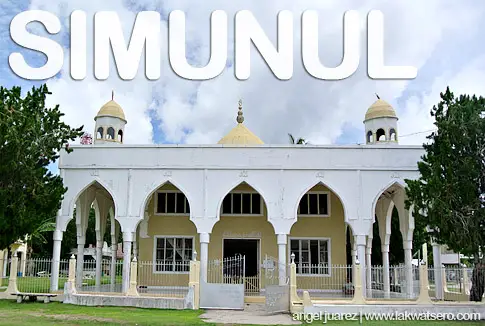
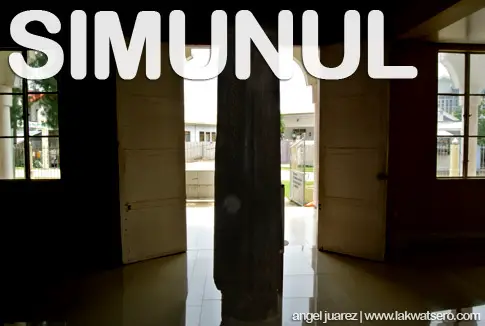
It was a memorable short visit in Simunul Island, a place I never thought I would be able to visit. Now I know how Islam started in the Philippines, and I felt so honored and lucky to have visited the place where it all started. Not everyone gets a chance to visit Simunul Island and for this, we thank Anabbelle, Sherwin and Emz of World Wide Fund Philippines Tawi-Tawi.
[…] Photo from: https://www.lakwatsero.com/travelogues/a-visit-to-simunul-island-the-birthplace-of-islam-in-the-phili… […]